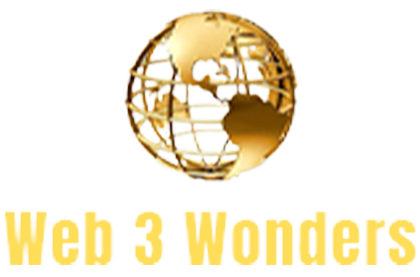Web 3.0 Blockchain: The Next Evolution of Technology and Trust
The tech landscape is ever-evolving, with Web 3.0 standing as the third generation of internet services poised to revolutionize industries. Powered by blockchain technology, Web 3.0 shifts from centralized data control to a trust-driven, decentralized ecosystem. For anyone involved in tech or traditional finance, understanding the foundational layers of Web 3.0 blockchain is essential.
Web 3.0 at Its Core: Trust Through Decentralization
Decentralization defines Web 3.0, building trust into its very infrastructure. This paradigm shift goes beyond theoretical concepts, forming the foundation of a system that redefines data security, transparency, and autonomy.
The Key Layers of Web 3.0 Blockchain
Web 3.0 blockchain operates through distinct layers, each critical to managing decentralized applications (dApps) and platforms efficiently.
Layer 1: The Trust Layer
The backbone of blockchain, Layer 1 is where core operations happen. Protocols like Ethereum, Cardano, and Solana thrive here, ensuring secure and transparent transactions.
Layer 2: The Scaling Layer
Built on Layer 1, Layer 2 focuses on scaling to accommodate higher transaction volumes. Solutions like Chainlink and Lightning Network address the scalability challenges inherent to Layer 1 networks.
Layer 3: The Application Layer
Layer 3 sits at the top, directly connecting users to decentralized applications (dApps). Platforms like Doge Art Club and Cosmos make blockchain functionality accessible and user-friendly.
From Web 2.0 to Web 3.0: A New Paradigm
While Web 2.0 introduced interactive platforms like social media, centralized control remained. Web 3.0 redefines this relationship by embedding decentralization into its fabric, ensuring both trust and autonomy.
The Societal Benefits of Web 3.0
Web 3.0 offers transformative societal advantages:
- Built-In Trust: Security and transparency are woven into the system.
- Sustainability: Decentralization promotes equitable community governance.
- Reliability: A multi-layered structure ensures efficient and robust performance.
Web 3.0’s Impact on Traditional Finance (TradFi)
The trust-centric architecture of Web 3.0 is irresistible to TradFi. As the potential for decentralized solutions grows, the integration of Web 3.0 in traditional finance could redefine the industry’s future—ushering in unprecedented security, efficiency, and equity.
Investing in Cryptocurrencies: What to Know
For investors, understanding Web 3.0’s layers is crucial. Here are key steps to begin your research:
- Dive into Whitepapers: Understand the project’s purpose and vision.
- Monitor Market News: Set Google Alerts for timely updates.
- Evaluate Team Credentials: Check their track record.
- Research Market Cap: Analyze development signals and GitHub activity.
- Assess Competition: Compare the project’s relevance and uniqueness.
- Consider Risks: Account for volatility and regulatory developments.
- Think Long-Term: Evaluate the project’s potential beyond short-term gains.
- Diversify Your Portfolio: Balance risk with a varied investment strategy.
In Conclusion
Web 3.0’s layered blockchain architecture paves the way for a decentralized future where trust is engineered, not assumed. For tech enthusiasts, innovators, and traditional finance players, understanding these layers is the key to unlocking blockchain’s immense potential.
Now is the time to embrace the shift—because the future of technology and finance is decentralized.Conclusion

